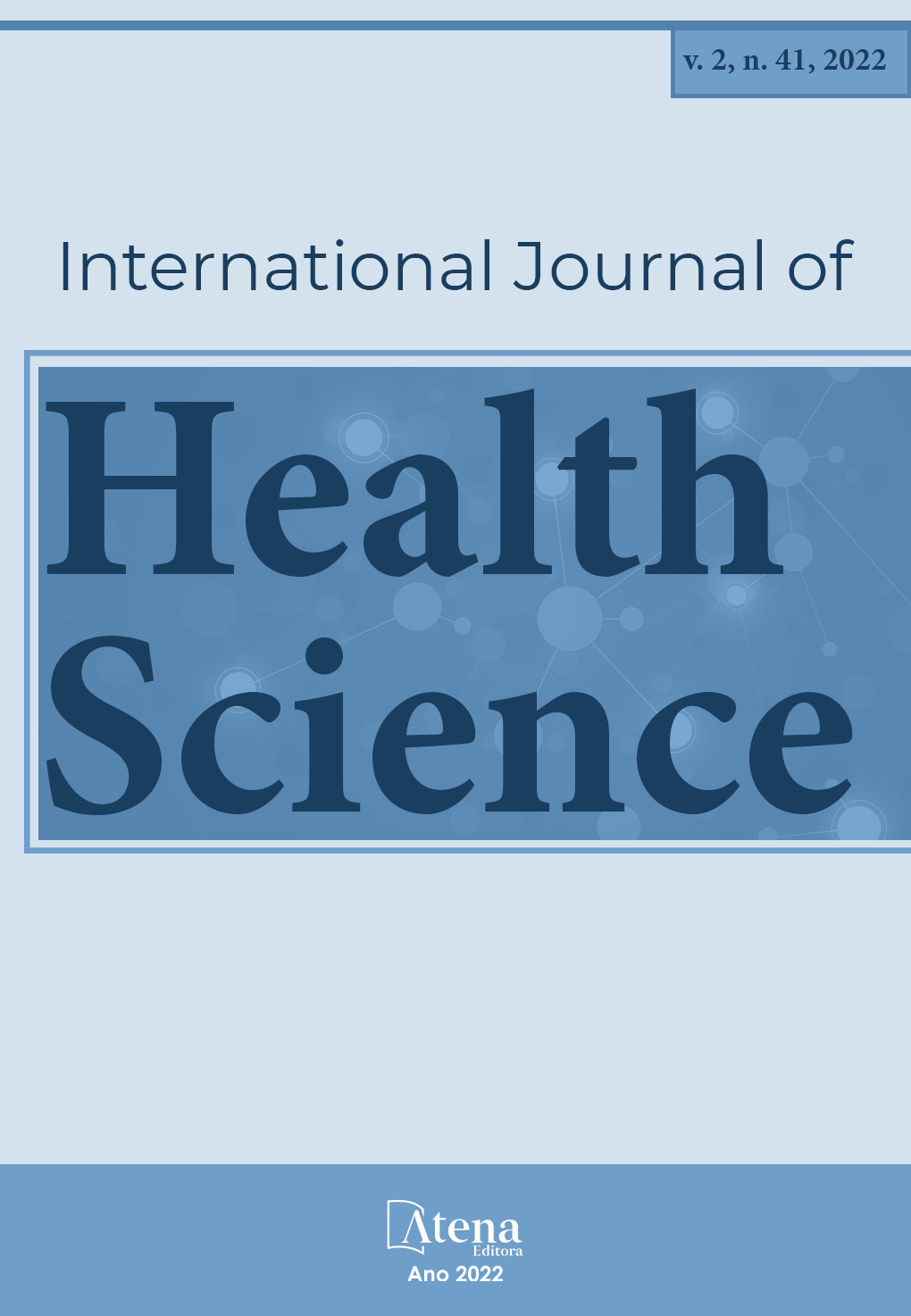
PERCEPTION OF THE STI RISK BY MEDICAL SCHOOL STUDENTS
Sexually transmitted infections (STIs) are among the most frequent public health problems in the world. This study aimed to assess the understanding of medical students about risky sexual behavior. Anonymous online questionnaire was applied to 80 students of the first and last year of the medical course of a medical school in the interior of the state of São Paulo between 06/2021 and 07/2021. Most of these students (77) are sexually active. The data obtained from two questionnaires suggest that, in the last 12 months, less than the goal of these university students used condoms in all their sexual relationships, 47% in the first year and 13% in the last year. The results found are consistent with another study conducted in Rio de Janeiro, which reports that only 45% of two university students always use condoms in sexual relations. Therefore, among the STI prophylaxis methods, the reduction of risky sexual behavior stands out, which is not limited to the use of condoms. Most of them say that they do not use condoms, I refer that not or fizeram by allegation of knowing a sexual partner. The students seem to present significant behavior of risk despite the comprehensive approach on diagnosis, management and prophylaxis of sexually transmitted infections contemplated during graduation, such situation seems to be associated with no perception of themselves as subjects of risk.
Given the two data presented, it is perceived that medical university students are less likely to use barrier methods as a precaution against IST, as observed in young university students from other courses and institutions. Likewise, other associated methods present in the prevention mandala of the Ministry of Health are necessary. PreP (Pre-Exposure Prophylaxis) and PEP (Post-Exposure Prophylaxis) would be points to be highlighted.
PERCEPTION OF THE STI RISK BY MEDICAL SCHOOL STUDENTS
-
DOI: 10.22533/at.ed.1592412225071
-
Palavras-chave: Infections; Sexually Transmitted Infections; Medicine students
-
Keywords: Infections; Sexually Transmitted Infections; Medicine students
-
Abstract:
Sexually transmitted infections (STIs) are among the most frequent public health problems in the world. This study aimed to assess the understanding of medical students about risky sexual behavior. Anonymous online questionnaire was applied to 80 students of the first and last year of the medical course of a medical school in the interior of the state of São Paulo between 06/2021 and 07/2021. Most of these students (77) are sexually active. The data obtained from two questionnaires suggest that, in the last 12 months, less than the goal of these university students used condoms in all their sexual relationships, 47% in the first year and 13% in the last year. The results found are consistent with another study conducted in Rio de Janeiro, which reports that only 45% of two university students always use condoms in sexual relations. Therefore, among the STI prophylaxis methods, the reduction of risky sexual behavior stands out, which is not limited to the use of condoms. Most of them say that they do not use condoms, I refer that not or fizeram by allegation of knowing a sexual partner. The students seem to present significant behavior of risk despite the comprehensive approach on diagnosis, management and prophylaxis of sexually transmitted infections contemplated during graduation, such situation seems to be associated with no perception of themselves as subjects of risk.
Given the two data presented, it is perceived that medical university students are less likely to use barrier methods as a precaution against IST, as observed in young university students from other courses and institutions. Likewise, other associated methods present in the prevention mandala of the Ministry of Health are necessary. PreP (Pre-Exposure Prophylaxis) and PEP (Post-Exposure Prophylaxis) would be points to be highlighted.
-
Número de páginas: 9
- Camila Do Nascimento Guimarães
- Janaína Emerick Gerosa
- Larissa Sebba Kafuri
- Íris Ricardo Rossin
- Ana Clara Sebba Chater


